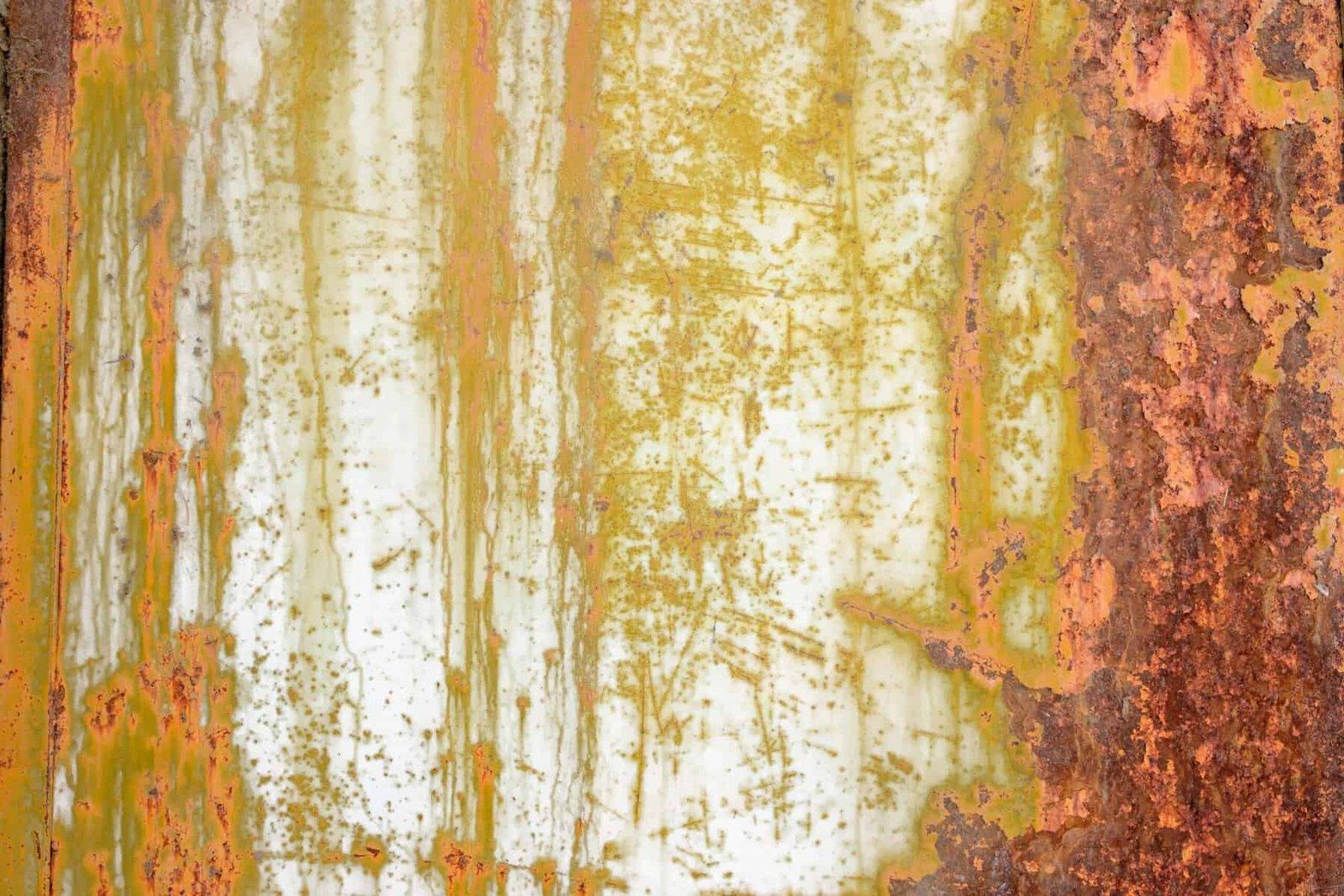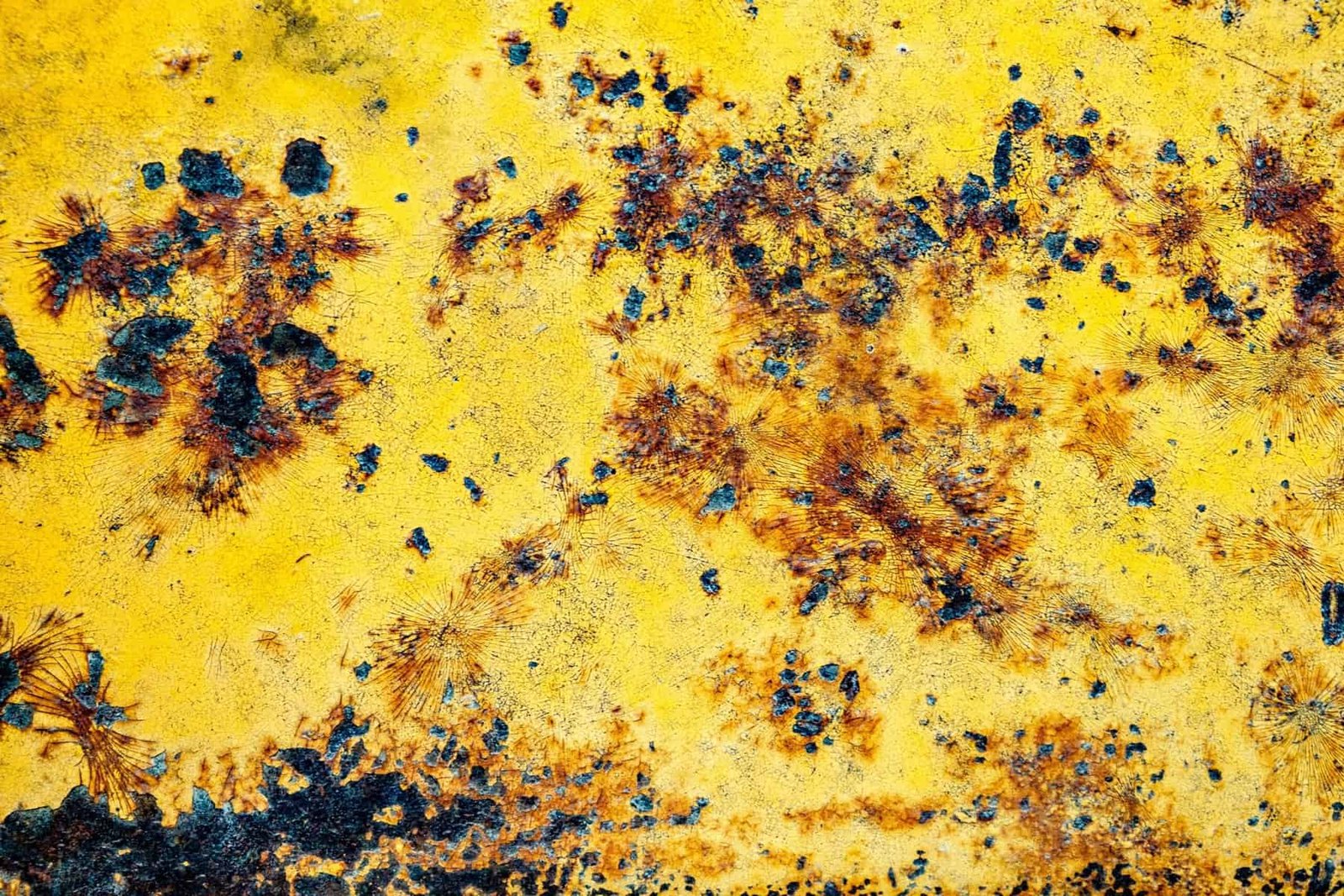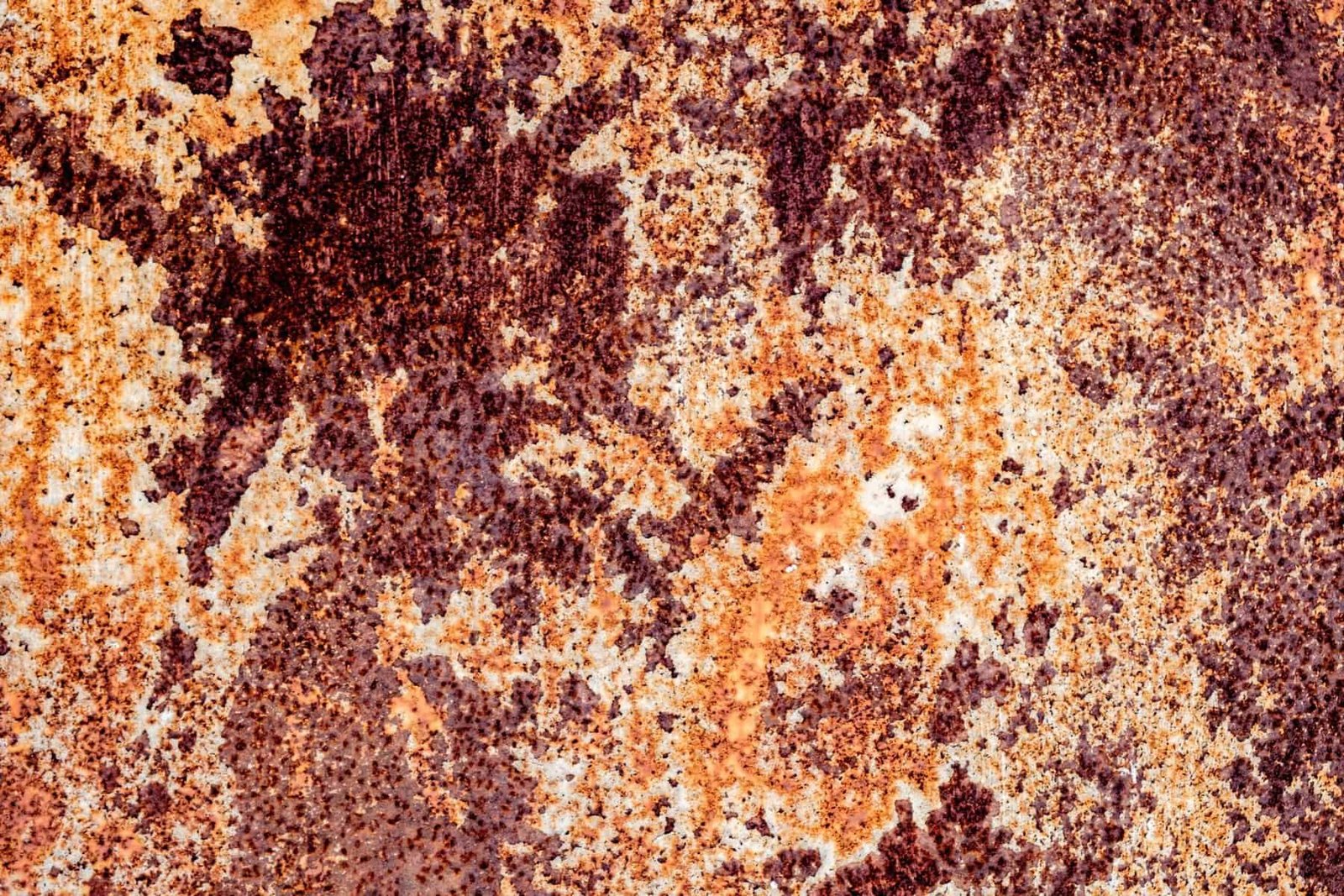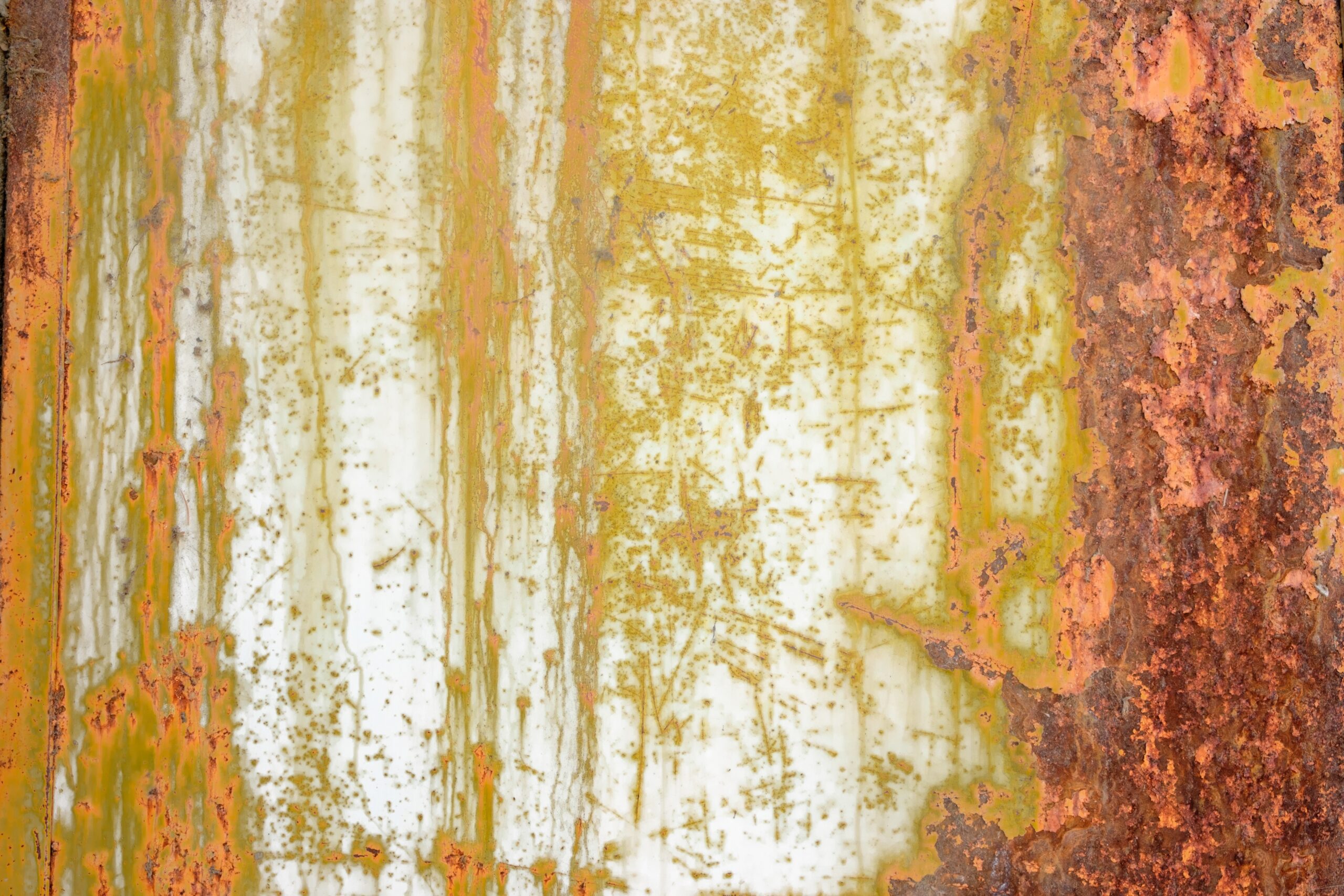If you’re faced with the challenge of dealing with well casing corrosion and integrity issues, don’t worry, you’re in the right place. In this article, we will explore some effective strategies to tackle these common problems that can arise in the oil and gas industry. Whether you’re a seasoned professional or just starting out in the field, understanding how to address these issues is vital for the smooth operation and longevity of your wells. So let’s dive in and discover the best solutions together.
Understanding Well Casing Corrosion and Integrity Issues
What is well casing corrosion?
Well casing corrosion refers to the gradual deterioration of the metal casing that lines the wellbore. The casing is crucial for maintaining the structural integrity and preventing the collapse of the well. Corrosion occurs when the metal casing is exposed to corrosive substances, such as water, gases, and chemicals present in the well environment. Over time, this corrosion can compromise the casing’s strength and lead to leaks or failure.
What are the causes of well casing corrosion?
Several factors contribute to the corrosion of well casings. One of the primary causes is the chemical composition of the fluids present in the well. Acidic or saline water, hydrogen sulfide (H2S), carbon dioxide (CO2), and other corrosive gases can accelerate the corrosion process. Additionally, inadequate cementing during well construction, mechanical damage during operations, and poor well maintenance practices can also contribute to casing corrosion.
What are the signs of well casing corrosion?
Detecting well casing corrosion can be challenging, but there are some signs to watch for. These include the presence of rust or discoloration on the exterior of the casing, unusual discharge or quality changes in the produced fluids, and increased pressure differentials across the casing. An unstable wellhead, leaks, or casing integrity issues observed during visual inspections are also indicators of possible casing corrosion.
What are the risks and consequences of well casing corrosion?
Well casing corrosion poses significant risks and consequences. It can compromise the well’s structural integrity, leading to well failures, blowouts, or collapses. Leaks from corroded casings can contaminate groundwater and surrounding soil, jeopardizing human health and the environment. Moreover, repairing and replacing damaged casings can be costly, result in production downtime, and impact a company’s reputation.
What is the importance of maintaining well casing integrity?
Maintaining well casing integrity is crucial for safe and efficient well operation. The casing acts as a barrier, preventing the migration of formation fluids, protecting groundwater sources, and maintaining well stability. By ensuring the integrity of the casing, the risk of leaks, blowouts, and environmental contamination can be minimized. Ongoing monitoring and maintenance of well casings are essential to mitigate the potential hazards posed by corrosion.
Identifying and Assessing Well Casing Corrosion
Visual inspection of well casing
Visual inspections are a valuable tool in identifying and assessing well casing corrosion. Field technicians, equipped with proper training, can visually examine the casing for signs of corrosion, such as rust, pitting, or flaking. Regular inspections should be performed at surface wellheads, along the length of the casing, and at any vulnerable points, such as joints or couplings. Visual inspections provide initial indications of corrosion and help determine the need for further assessment or preventive measures.
Corrosion testing methods
Corrosion testing methods, such as electrochemical techniques and weight loss analysis, can provide quantitative measurements of casing corrosion rates. These tests involve exposing metal coupons or sensors to well fluids or simulated environments and measuring the corrosion reaction. By analyzing the test results, operators can gain insights into corrosion rates, identify potential corrosion mechanisms, and evaluate the effectiveness of corrosion control measures.
Chemical analysis of well fluids
Analyzing the chemical composition of well fluids is essential in understanding the corrosive potential of the fluids and assessing the risk of casing corrosion. Sampling and laboratory analysis can determine the presence of corrosive substances, such as chloride ions, H2S, or CO2, which can initiate or accelerate corrosion. Regular monitoring of the fluid chemistry helps establish trends and plan appropriate corrosion prevention strategies.
Utilizing downhole cameras for assessment
Downhole cameras, or borehole inspection tools, provide an inside view of the well casing, enabling operators to assess the extent of corrosion or damage. These cameras can be inserted into the wellbore and capture high-resolution images or videos of the casing walls. This non-destructive testing method allows for a more accurate evaluation of casing condition, identification of corrosion hotspots, and determination of the most appropriate repair or mitigation techniques.
Common findings in well casing corrosion assessments
During well casing corrosion assessments, a range of findings can be observed. These may include localized pitting corrosion, general thinning of the casing walls, tuberculation (buildup of corrosion byproducts), or cracking. The severity and distribution of corrosion can vary depending on factors such as well fluid composition, temperature, and operational conditions. Understanding these findings is crucial for developing effective corrosion prevention and mitigation strategies.

Prevention and Mitigation Techniques
Importance of proper well design and construction
Proper well design and construction play a significant role in preventing casing corrosion. The selection of corrosion-resistant materials, appropriate casing diameter, and suitable cementing techniques can enhance the longevity and integrity of the well. Wellbore design should also consider factors such as fluid flow dynamics, temperature, and pressure to minimize corrosion risks. Establishing robust design principles can reduce the chances of corrosion-related issues in the future.
Materials selection for well casing
Choosing the right materials for well casing construction is vital in combating corrosion. Stainless steels, non-ferrous alloys, or specialized corrosion-resistant alloys (CRAs) offer improved resistance to corrosive environments. Understanding the specific corrosion mechanisms and fluid chemistries can guide material selection decisions. Additionally, protective coatings or linings can be applied to the casing to provide an extra layer of defense against corrosion.
Cathodic protection systems
Cathodic protection is an effective corrosion prevention technique widely used in well casing applications. By introducing a sacrificial anode or an impressed current system, the casing becomes cathodic, preventing the corrosion reaction. Regular monitoring and maintenance of cathodic protection systems are essential to ensure their continued effectiveness. This technique is particularly valuable in corrosive environments with high chloride or sulfate concentrations.
Use of protective coatings
Applying protective coatings to well casings can provide an additional barrier against corrosion. Epoxy, polyurethane, or other corrosion-resistant coatings can be used to create a physical barrier between the casing and the corrosive fluid. Coatings can offer protection against both internal and external corrosion processes. Regular inspections and maintenance are crucial to detect any coating damages and promptly address them.
Regular well maintenance and monitoring
Regular well maintenance and monitoring are essential in preventing and identifying casing corrosion issues. Implementing wellbore cleanup and chemical treatment programs can mitigate the accumulation of corrosive substances and decrease the likelihood of corrosion. Monitoring fluid chemistries, conducting routine visual inspections, and performing periodic corrosion testing allow operators to detect early signs of corrosion and take appropriate measures.
Safe handling and storage of chemicals
Proper handling, storage, and transportation of chemicals used in well operations can significantly reduce the risk of casing corrosion. Adequate containment and isolation measures should be implemented to prevent leaks or spills that could corrode the casing. Following industry best practices and adhering to regulatory guidelines for chemical management ensure the safety of well operations and minimize the potential for corrosion-related issues.
Repairing and Rehabilitating Corroded Well Casings
Surface-level repairs
Surface-level repairs address minor corrosion issues on the external parts of the casing. Techniques such as sandblasting, grinding, or applying protective coatings can restore surface integrity. These repairs are typically suitable for cases where corrosion is localized, shallow, and has not significantly compromised the casing’s structural integrity. Regular inspections and prompt repair of surface-level corrosion help prevent its progression.
Internal corrosion inhibitors
Internal corrosion inhibitors are chemicals injected into the well to prevent or mitigate internal casing corrosion. These inhibitors form a protective film on the casing’s internal surface, minimizing the contact between the corrosive fluid and the metal. Selection of the appropriate inhibitor depends on factors such as well fluid composition, temperature, and the presence of corrosive species. Continuous monitoring and regular inhibitor application are necessary to ensure proper protection.
Mechanical casing repairs
Mechanical repairs may be required for casings with severe corrosion or structural damage. Techniques such as casing patching, mechanical sleeves, or clamp-on repairs can reinforce the damaged sections and restore the casing’s integrity. These repairs can be performed using specialized tools and equipment, and their effectiveness should be evaluated through proper inspections and testing.
Re-lining or re-casing options
In cases where corrosion or damage is widespread or severe, re-lining or re-casing the well may be necessary. Re-lining involves installing a new casing inside the existing one, creating a secondary barrier against corrosion and restoring the well’s structural integrity. Re-casing, on the other hand, involves removing the damaged casing and installing a completely new one. The selection between these options depends on the severity of the corrosion and the desired longevity of the well.
Well plugging and abandonment considerations
In instances where well casing corrosion cannot be effectively addressed or repaired, well plugging and abandonment may be the most appropriate course of action. This involves isolating the wellbore and permanently sealing it to prevent fluid migration or environmental contamination. Proper plugging and abandonment procedures, in compliance with regulatory requirements, should be followed to ensure the safe and environmentally sound closure of the well.

Regulatory Compliance and Reporting
Understanding relevant regulations and standards
Operators must have a comprehensive understanding of the regulations and industry standards related to well casing corrosion and integrity. Compliance with these regulations ensures the safe and environmentally responsible operation of wells. Standards such as API 5CT, NACE MR0175/ISO 15156, and regional regulations provide guidelines for well design, materials selection, maintenance, and inspection requirements.
Documentation and reporting requirements
Maintaining accurate documentation and reporting is an essential part of managing well casing corrosion and integrity. Operators should record well construction details, inspection reports, corrosion testing results, and any repair or prevention activities performed. Proper documentation supports regulatory compliance, facilitates historical analysis, and helps identify patterns or trends in casing corrosion.
Engaging with regulatory agencies
Regular engagement with regulatory agencies helps operators stay informed about changes in regulations, seek guidance, and maintain a cooperative relationship. Operators should actively participate in inspections, audits, and reporting processes to demonstrate their commitment to following regulations and ensuring well integrity.
Periodic inspections and audits
Periodic inspections and audits, carried out by trained personnel, help evaluate the effectiveness of corrosion prevention and mitigation measures. These inspections should cover all aspects of well construction, maintenance, and integrity management. Inspections offer an opportunity to identify potential issues, validate the implementation of best practices, and ensure compliance with regulatory requirements.
Industry Best Practices and Case Studies
Lessons from successful well casing corrosion management
Studying successful well casing corrosion management strategies provides valuable insights and best practices for operators. Understanding the factors that contribute to successful corrosion prevention and mitigation, such as proper materials selection, comprehensive monitoring, and regular maintenance, helps operators optimize their own corrosion management programs.
Real-life instances of well casing failure and lessons learned
Examining real-life instances of well casing failures resulting from corrosion provides opportunities to learn from past mistakes and prevent future occurrences. Case studies highlight the consequences of inadequate corrosion management and the importance of thorough inspections, effective maintenance, and the implementation of robust prevention strategies.
Implementing comprehensive corrosion management programs
Implementing a comprehensive corrosion management program ensures proactive and systematic approaches to well casing corrosion. This involves integrating preventive measures into the well lifecycle, continuously monitoring and evaluating corrosion risks, and conducting regular inspections and preventative maintenance. A well-defined program helps identify potential issues before they escalate and ensures the longevity and reliability of wells.
Training and education for industry professionals
Training and education for industry professionals are essential in fostering a culture of corrosion management and well integrity. Providing specialized training on well design, materials selection, inspection techniques, and preventive measures equips operators, engineers, and technicians with the knowledge and skills needed to effectively address casing corrosion. Continuous learning and professional development contribute to the overall improvement of corrosion management practices.

Emerging Technologies and Innovations
Advancements in well casing materials
Ongoing advancements in well casing materials offer improved resistance to corrosion and enhance the longevity of wells. Innovative materials, such as corrosion-resistant alloys (CRAs), nano-coatings, and composite materials, exhibit superior properties in hostile environments. The development and adoption of these materials support the continuous improvement of corrosion management strategies.
Remote monitoring and sensing techniques
Remote monitoring and sensing techniques enable operators to monitor the condition of well casings in real-time, even in inaccessible or remote locations. Wireless sensors, data loggers, and remote monitoring systems provide continuous feedback on casing conditions, enabling proactive maintenance and timely response to corrosion or integrity issues. These technologies enhance the efficiency and effectiveness of corrosion management programs.
Predictive modeling for corrosion management
Predictive modeling tools utilize historical data, fluid chemistry analysis, and environmental factors to forecast future corrosion risks and trends. These models provide valuable insights into the long-term performance of well casings and assist in decision-making for preventive measures. Predictive modeling helps operators allocate resources, prioritize maintenance actions, and optimize overall corrosion management strategies.
Automation and robotics in well inspections and repairs
Automation and robotics play an increasingly significant role in well casing inspections and repairs. Robotic tools and systems allow for more accurate and efficient inspections, reducing human errors and improving data quality. Automated repair techniques, such as robotic welding or smart patching, enhance the precision and reliability of well casing repairs. Embracing automation and robotics streamlines corrosion management processes and contributes to safer and more cost-effective operations.
Collaborating with Experts and Industry Partners
Consulting corrosion engineers and specialists
Collaborating with corrosion engineers and specialists provides operators with access to expert knowledge and experience in well casing corrosion management. These professionals can perform in-depth assessments, develop tailored corrosion prevention strategies, and provide training for personnel. Engaging with corrosion experts ensures the implementation of effective and efficient corrosion management practices.
Partnerships with well service companies
Partnering with well service companies that specialize in well integrity and corrosion management offers operators a range of expertise and resources. These companies can perform inspections, provide specialized tools and equipment for repairs, and offer ongoing maintenance services. Partnering with experienced service providers ensures access to state-of-the-art technologies and well-rounded support for corrosion management programs.
Industry associations and knowledge exchange
Industry associations and knowledge exchange platforms facilitate collaboration, information sharing, and the development of industry-wide best practices. Participating in industry events, conferences, and forums enables operators to learn from peers, share case studies, and access the latest research and innovations in corrosion management. These platforms create opportunities for networking and fostering relationships among professionals working in the field.
Research and development collaborations
Collaborating with research institutions and academia fosters innovation and the development of new corrosion management technologies. Operators can engage in joint research projects, sponsor studies, or participate in industry-academic partnerships. These collaborations help advance the understanding of corrosion processes, explore novel prevention methods, and contribute to the continual improvement of corrosion management practices.
Cost Considerations and Return on Investment
Assessing the financial impact of well casing corrosion
Evaluating the financial impact of well casing corrosion is crucial for operators to make informed decisions. The costs associated with well integrity failures, repairs, production downtime, and environmental remediation should be considered. By quantifying these potential costs, operators can justify investments in corrosion prevention and determine the return on investment of implementing comprehensive corrosion management programs.
Cost-effective mitigation strategies
Implementing cost-effective corrosion mitigation strategies is essential for optimizing budgets and avoiding unnecessary expenses. Operators should prioritize preventive measures such as materials selection, regular maintenance, and inspections, which can significantly reduce the likelihood and severity of corrosion. Balancing upfront costs against long-term benefits enables operators to maximize the cost-effectiveness of their corrosion management efforts.
Long-term benefits of investing in corrosion prevention
Investing in corrosion prevention and well casing integrity delivers long-term benefits to operators. By proactively managing corrosion, operators can extend well lifespans, increase production uptime, avoid costly repairs, and minimize environmental liabilities. Comprehensive corrosion management programs also enhance operational safety, regulatory compliance, and the overall reputation of the company.
Risk assessment and insurance considerations
Performing risk assessments to quantify the likelihood and potential impact of casing corrosion is essential for risk management and insurance considerations. Insurers may require operators to demonstrate effective corrosion prevention and mitigation strategies to ensure coverage or offer more favorable terms. Risk assessment helps operators identify critical assets, prioritize investments, and select appropriate insurance coverage for their corrosion management needs.
Conclusion
Understanding and addressing well casing corrosion and integrity issues is crucial for the safe and efficient operation of oil and gas wells. By comprehending the causes, signs, risks, and consequences of casing corrosion, operators can implement preventive measures, regular inspections, and proper maintenance to mitigate potential failures. The use of advanced assessment techniques, collaboration with experts, adherence to regulations, and continuous improvement through emerging technologies contribute to effective corrosion management. Investing in well casing integrity delivers long-term benefits, reducing costs, increasing production uptime, and protecting the environment. With a proactive and comprehensive approach to corrosion prevention, operators can ensure the longevity, reliability, and sustainability of their wells.

